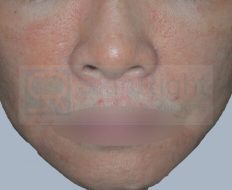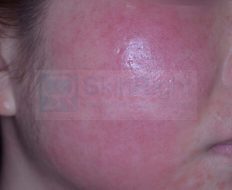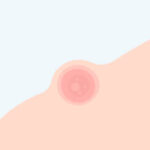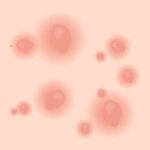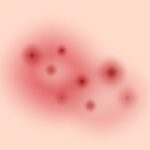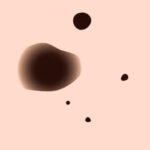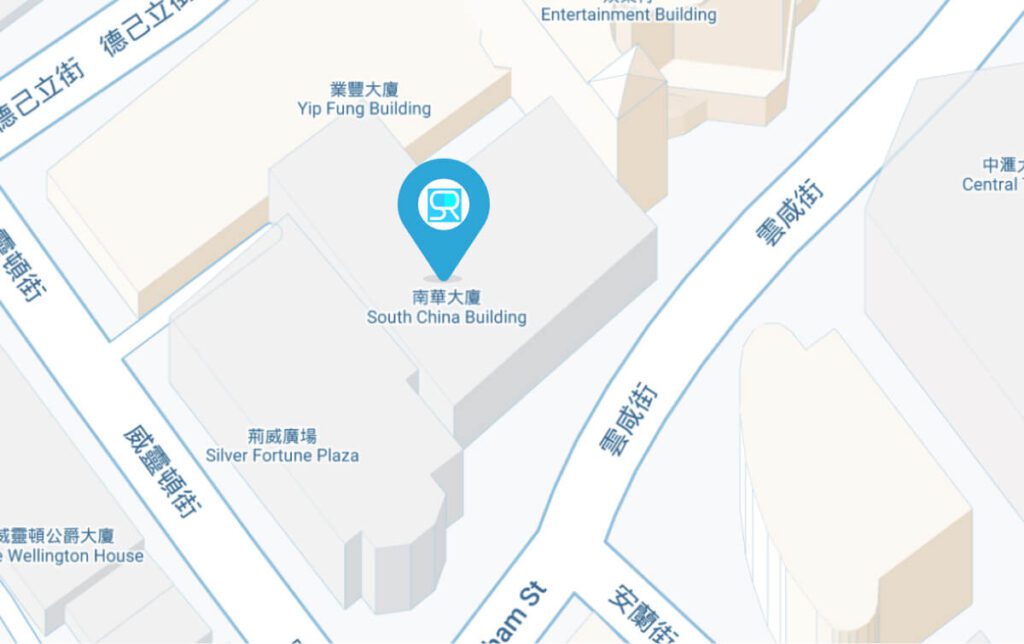SKIN PROBLEMS/
Rosacea
Understanding Rosacea: Causes, Treatment Options, And The Role Of Laser Therapy
Rosacea is a chronic skin disease that is characterized by facial redness and papules. It is common in people who have fair skin.
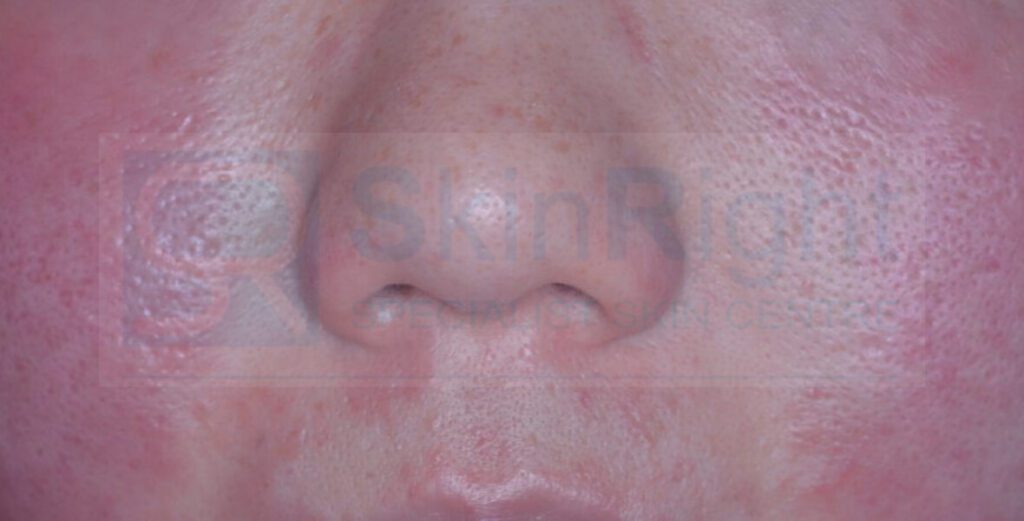
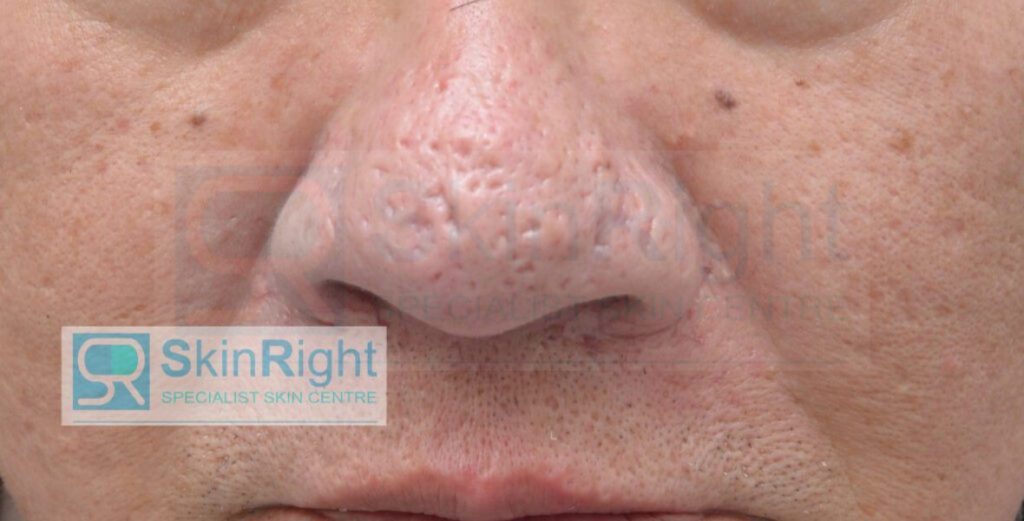
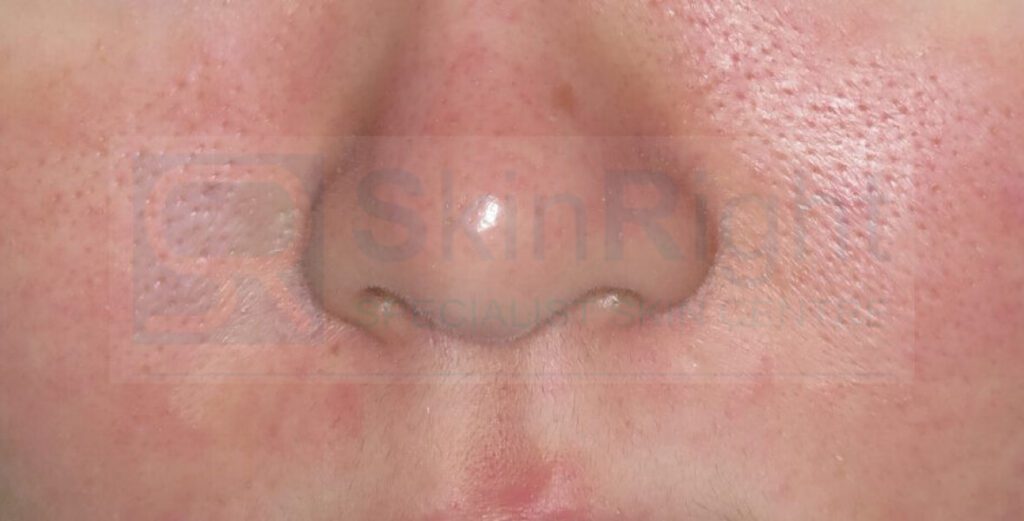
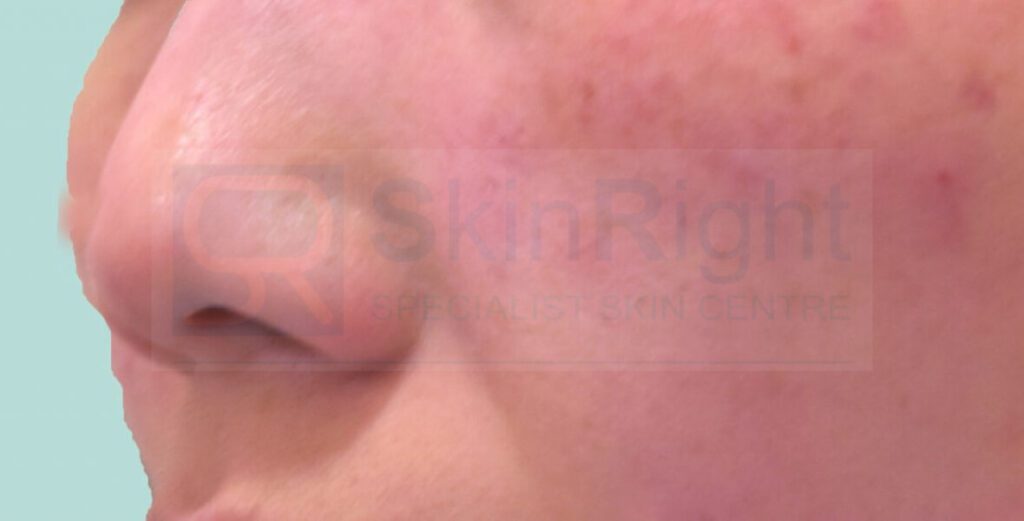
Identifying The Causes Of Rosacea
Rosacea is a chronic inflammatory skin condition that primarily affects the face, causing redness, swelling, and, in some cases, acne-like breakouts. While the exact cause of rosacea remains unknown, several factors are believed to contribute to its development. Researchers suggest that a combination of genetic and environmental influences plays a pivotal role in triggering the condition. Genetics appears to be a significant factor, as rosacea often runs in families, indicating that a hereditary predisposition may contribute to its onset.
Individuals with fair skin, particularly those of Northern European descent, are more commonly affected. This suggests that certain genetic traits related to skin type and immune response might be involved.
Environmental factors can exacerbate rosacea, introducing flare-ups or worsening existing symptoms. Exposure to extreme temperatures, both hot and cold, can lead to increased facial redness and irritation. Sun exposure is another well-documented trigger, as UV radiation can inflame the skin and aggravate the condition. Lifestyle factors such as diet, stress, and exercise can also influence rosacea’s severity. Spicy foods, alcohol, and hot drinks are known to trigger symptoms in some individuals due to their ability to dilate blood vessels, leading to increased facial redness.
Additionally, stress and intense physical activity can activate the body’s stress responses, potentially worsening symptoms.
A growing body of research suggests that the immune system and certain microorganisms on the skin may play a role in rosacea. Demodex mites, tiny parasites that reside on human skin and hair follicles, are found in greater numbers on the skin of those with rosacea. Some hypotheses propose that an immune response to these mites or their waste products could trigger inflammation typical of rosacea.
Symptoms and Signs of Rosacea
Patients usually experience frequent flushing and blushing. When the disease progress, the face redness becomes persistent. Prominent blood vessels could develop especially around the nose and cheeks. Later on, papules and pustules would develop on the face. In severe cases, an enlarged, irregularly shaped nose called ”rhinophyma” could result.
Overview Of Treatment Options For Rosacea
Rosacea is a chronic skin condition characterized by facial redness, visible blood vessels, and sometimes acne-like bumps. While it affects millions worldwide, there is currently no cure. However, several treatment options aim to manage symptoms, reduce flare-ups, and improve the skin’s appearance, helping those with rosacea maintain a better quality of life.
- Treatment plan for rosacea starts with identifying and avoiding specific triggers
- Common triggers:
- Sun exposure
- Stress
- Hot or spicy foods
- Alcohol
- Extreme temperatures
- Common triggers:
- Adopting a gentle skincare routine is crucial
- Use mild, fragrance-free cleansers
- Use moisturizer to prevent irritation
- Sunscreen is essential for:
- Protecting sensitive skin
- Minimizing flare-ups
Topical and oral medications are often prescribed to manage rosacea symptoms. Topical treatments help reduce inflammation and redness. These are typically applied directly to the affected skin areas. For more severe cases, oral antibiotics are prescribed due to their anti-inflammatory properties. In cases of rosacea associated with acne-like breakouts, oral isotretinoin may be considered.
For patients with persistent or particularly severe symptoms, laser therapy offer effective solutions. Laser therapy targets visible blood vessels and reduces redness by delivering focused light energy, which destroys dilated blood vessels beneath the skin’s surface.
The Efficacy Of Laser Therapy In Managing Rosacea
As conventional treatments such as topical creams and oral antibiotics may not be effective for all, or offer only temporary relief, laser therapy emerges as a compelling alternative.
Laser therapy offers a targeted approach by directly addressing the vascular component of rosacea, which is associated with visible blood vessels and persistent redness. The mechanisms by which lasers work involve the emission of specific wavelengths of light that are absorbed by oxyhemoglobin within the blood vessels. This absorption converts light energy to heat, causing the blood vessels to coagulate and eventually be reabsorbed by the body, which reduces redness and visible capillaries.
Clinical studies and patient testimonials indicate promising outcomes from laser therapy. Many patients report a noticeable reduction in redness and improved skin texture after a series of treatments. A significant advantage of laser therapy is its potential to provide extended periods of remission from symptoms, which is a valuable benefit for patients seeking relief from the chronic aspects of rosacea. While individual responses to laser therapy can vary depending on the severity of the condition and skin type, advancements in laser technology and techniques have improved both the safety and efficacy of these treatments.
Additionally, laser therapy is generally well tolerated with minimal side effects, with most patients experiencing only temporary redness, swelling, or bruising which typically resolves within a few days.
However, it is essential to note that laser therapy is not a cure for rosacea and should be viewed as a part of a comprehensive treatment plan. Successful management requires an ongoing commitment to skincare routines and lifestyle modifications, such as avoiding known triggers including spicy foods, alcohol, and excessive sun exposure. Moreover, for optimal results, laser treatment should be performed by a qualified dermatologist or a trained medical professional familiar with treating rosacea and laser technology.
Related Video
Other skin concerns
Hidden Content
Hidden content

